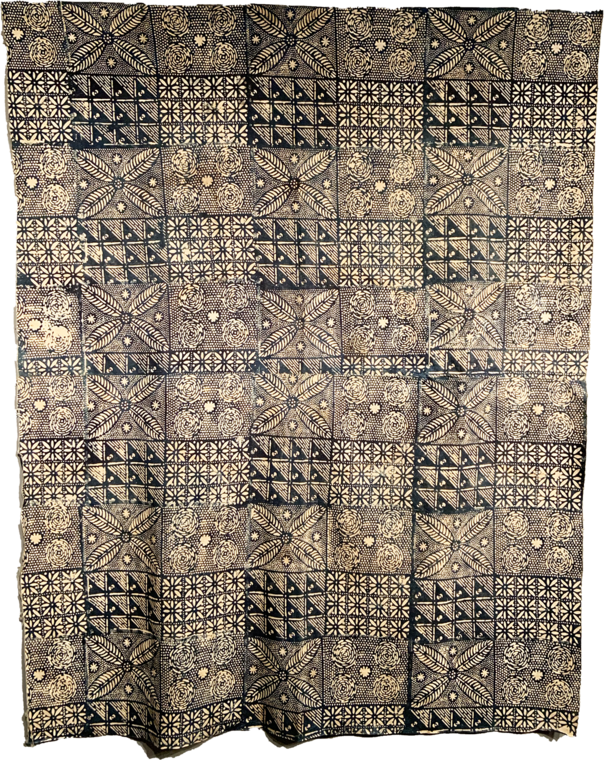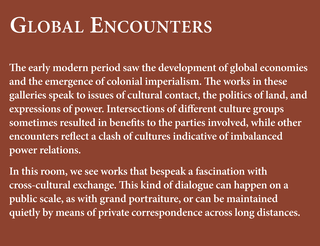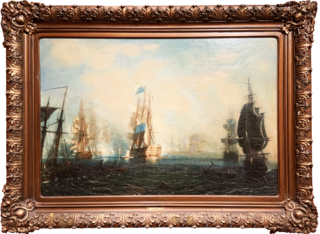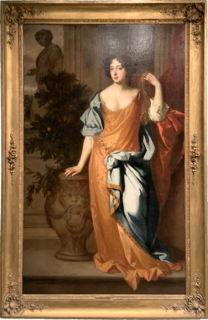
“The people are my cloth.” - Yoruban Proverb. With their identifiable indigo color, 'adire' cloths have been worn as status symbols amongst Yoruba peoples since the 19th century. Historically, 'adire' patterns were created by painting designs on the surface of a bleached textile using a starchy paste derived from cassava yam. Once the patterns were applied - often by freehand painting, or with the use of stencils - the fabric is submerged in an indigo bath. The yam paste repels the dye, and results in a series of white contrasting patterns once the paste is washed away. These cloths serve as messengers; each piece tells a story both through the designs on the cloth, and how the cloth is worn. Large visual fields of indigo appearing on a garment indicates that it is likely intended for women patrons. In contemporary times, 'adire' cloths are a popular purchase for tourists in many cities across southwest Nigeria and have provided many business savvy Yoruba women with lucrative careers.




